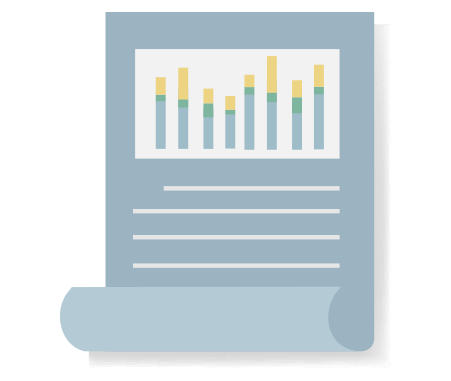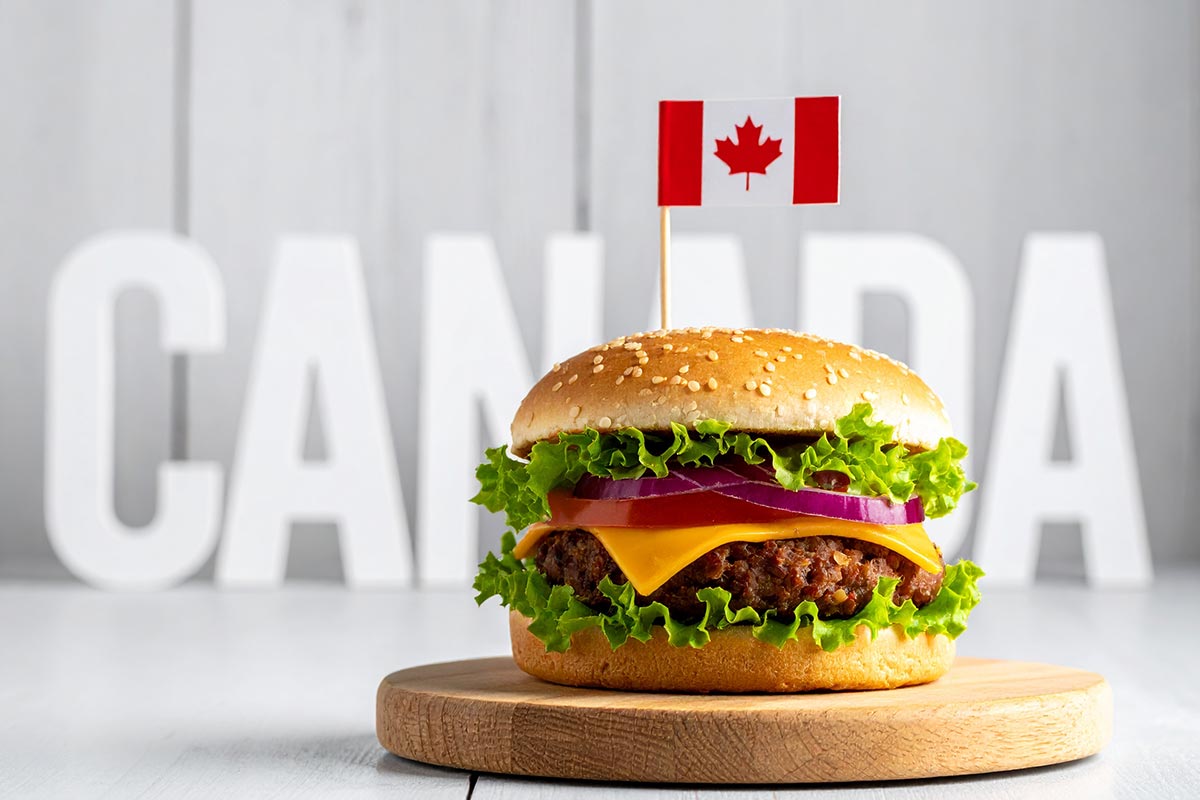Designed by Freepik
TL;DR
- Industry NPS fell from 65 to 61 in the last year - a 6.2 percent relative decline.
- The dip aligns with menu price inflation and a slight slide in perceived food quality in reviews.
- Cleanliness improved modestly in sentiment, yet it remains a top visit driver for guests.
- Off‑premises now accounts for roughly three quarters of restaurant traffic, which pushes speed, packaging, and order accuracy to the center of the experience.
The headline number
Based on npsBench's proprietary aggregation of public reviews across Google, TripAdvisor, and Yelp, the restaurant industry moved from an NPS of 65 to 61. That is a four point drop. On paper it looks small. In the dining room it is not. A four point swing means that for every 100 survey responses you need a net shift of four customers from detractor to promoter just to get back to level. Recovering those four points requires focus, not miracles.
What moved NPS this year
1) Prices kept rising
Guests are still feeling price pressure. The U.S. food‑away‑from‑home index increased 3.9 percent year over year as of August 2025, with full‑service up 4.6 percent and limited‑service up 3.2 percent. Price fatigue shows up quickly in review language and NPS.
2) Food quality softened at the margins
Our text analytics show more mentions related to portion consistency, temperature, and execution. Even a subtle drift in these signals can nudge Passives into Detractor territory when checks are higher.
3) Cleanliness stayed non‑negotiable
The good news: cleanliness sentiment edged up. The reality: store cleanliness is still a decisive factor. In limited service, about 73 percent of guests cite cleanliness among the most important visit drivers. Keep front‑of‑house spotless and restrooms pristine if you want to protect NPS.
4) The off‑premises shift raised the bar on speed and accuracy
Nearly 75 percent of all restaurant traffic now happens off‑premises. Consumers also say speed is critical to the takeout experience. Packaging, pickup flow, and readiness windows directly shape loyalty now.
Read the signal inside reviews
When we parse review text, three patterns repeat:
- Price language shows up earlier in the comment than it used to. That is a sign of salience. If guests lead with price, they are framing the rest of the story through a value lens.
- Words about execution cluster around the middle of the meal journey. Think order accuracy, doneness, hold time, and packaging integrity. These are controllable.
- Cleanliness mentions are more often binary. Either spotless or unacceptable. There is very little middle ground left, and that is exactly how trust works.
What to fix first if you want those four points back
Make value obvious
Set one or two visible anchors that feel fair. A lunch combo at a round number. A family bundle that saves a few dollars per head. Label it clearly in menu boards and digital channels. Guests do not hunt for value. You have to show it.
Protect food quality at the weak seams
Audit the top five items by sales for portion spread and temperature at handoff. Trim garnish steps that slow the line without adding delight. Vent fried items so crisp stays crisp. Separate hot and cold when bagging. Most quality complaints live here.
Turn cleanliness into a promise
Schedule micro sweeps every 45 minutes during peak. Post the checklist where guests can see it. Make restrooms a manager task at set times. When people see effort, they give you credit.
Speed the handoff
If you run takeout, design the last ten feet. Names on shelves. Clear signage. A pickup lane that guests can find the first time they visit. Seconds here matter because they are the last thing guests remember.
How to think about the numbers
NPS is a subtraction problem. Promoters minus detractors. To regain four points you can convert four passives to promoters, or two detractors to passives and two passives to promoters. There are many paths. Pick the one that matches your operation’s bottleneck. If price is the issue, fix value. If quality is inconsistent, simplify execution. If cleanliness wobbles, reassign accountability by hour, not by shift.
Methodology
npsBench aggregates public review data from platforms like Google, TripAdvisor, and Yelp through a multi-source API. We normalize the language with NLP, classify themes, and calculate NPS consistently across time so year-over-year comparisons are clean. The 2024 to 2025 view uses matched locations to reduce mix shift. Signals about price, food quality, and cleanliness come from theme frequency and sentiment polarity inside the review text.








